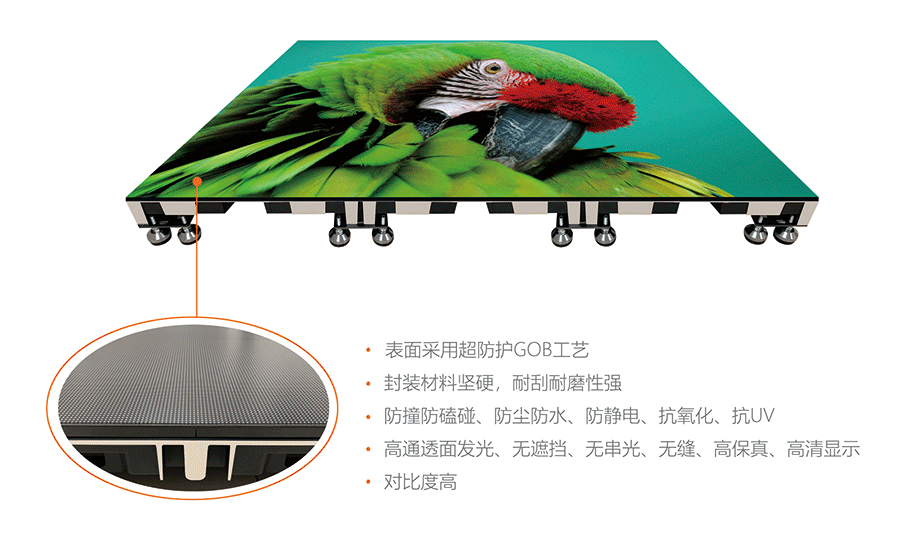industrial news
Detailed Explanation of LED Display Screen Installation
With the emergence of LED lights, some merchants, in order to attract customers, will install a customized LED display screen at their doorstep. This screen only has simple display functions, but many friends do not know how to install and debug such a simple thing. This article will discuss the installation and debugging process of LED display screens.
Install LED display screen
The installation of LED display screens is not as complex as imagined, as long as the sealing is done well, waterproof glue is installed externally, and then it is hung in the designated position.
The fixed method can be determined based on the installation environment, including embedded, suspended, and lifting. There is no fixed process for installation, as long as the installation location has a power supply to ensure that it does not fall off.
Write data
In the previous text, we briefly discussed the installation of some rental LED screens. Next, we will talk about the equipment required to modify fonts and write data. Most LED screens rely on software to write data. As shown in the following figure:
Enter text in the dialog box at the bottom, and then it will be displayed on the LED display screen. Write text according to your needs, adjust the size of the display, and then click Save to generate a file of special format. As shown in the following figure:
The format suffix for saving such files is “LED”, and then import them into a blank USB drive.
Can’t install and debug LED display screens? Follow this step and complete it in minutes
Import Data
After we have written the data on the computer and saved it in LED format, we import it into a USB drive, then safely unplug the USB drive and plug it into the USB port below the LED display screen.
After insertion, the LED display screen will automatically read the LED format data stored in the USB flash drive and display it on the LED LCD screen. If there is an error in the set text or data, the above actions can be repeated for modification

